 |
|
||||||
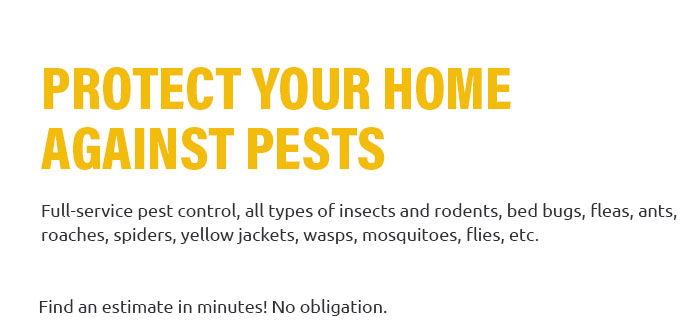 |
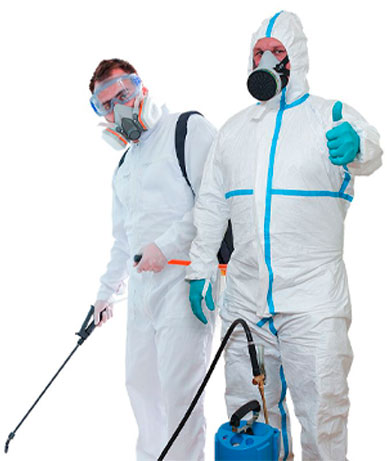 |
 |
 |
 |
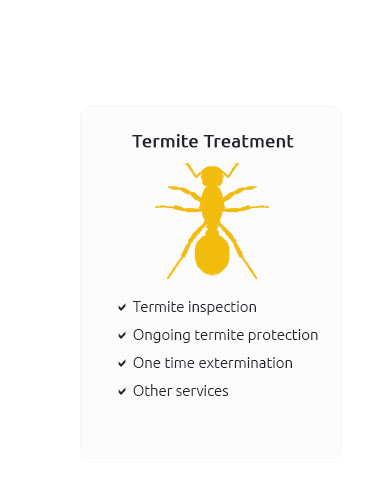 |
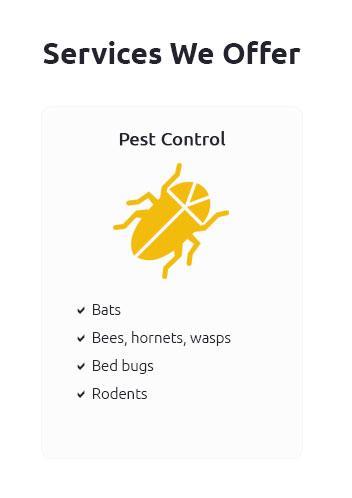 |
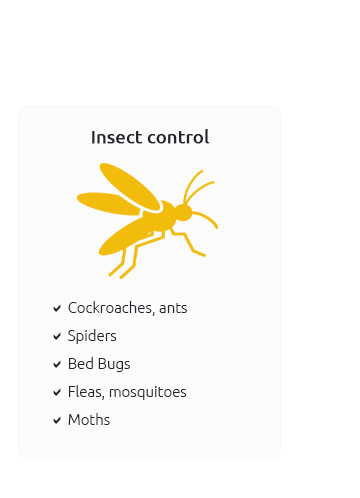 |
 |
 |
 |
 |
 |
|
qz7oxahwd4v Say goodbye to unwelcome guests with our top-notch pest control service, where mice removal isn't just a task-it's a mission we take personally; armed with cutting-edge techniques and years of expertise, we don't just control the problem, we eliminate it at the root, ensuring your home is a fortress of peace and comfort, free from the scurrying and scratching that disrupts your life-trust us to reclaim your space with unwavering commitment and proven results, because when it comes to your home, we believe in nothing less than perfection.
https://www.debugpestcontrol.com/services/mouse-removal/
$ 399 Special Offer! FIND THEM Full Foundation Inspection: Inside and Out. https://www.debugpestcontrol.com/services/rodent-control/
Trust Debug for Rodent Control - Call or text Debug at 401-250-8680. - We'll come out and take a look. - We'll work with you to create a mouse control or rat ... https://www.crittercontrol.com/wildlife/mice/
Snap-style mouse traps, multiple-catch treadle door traps, and glue boards can be effective methods you can use to catch mice. However, glue boards are inhumane ...
|



